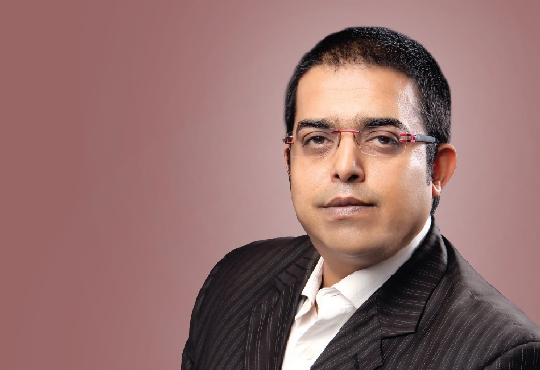
CIOTechOutlook >> Magazine >> August - 2013 issue
The High Cost of 'Free'
By
 Founded in 2001, MarkLogic is a provider of enterprise NoSQL platform for Big Data applications. Based in San Carlos, the company has raised a total funding of $96.2 million from Sequoia Capital, Tenaya Capital, Northgate Capital and Lehman Brothers.
Founded in 2001, MarkLogic is a provider of enterprise NoSQL platform for Big Data applications. Based in San Carlos, the company has raised a total funding of $96.2 million from Sequoia Capital, Tenaya Capital, Northgate Capital and Lehman Brothers.“Why would I pay for software when I can get it for free – and never have to worry about paying a maintenance fee?” I get asked that over and over again by C-levels who believe they are somehow skirting the system by building platforms on pieced-together open source software. Certainly you can do that. But if building an enterprise software platform were not my core business, I would not hesitate and instead focus my attention on building applications that differentiate my business on trusted and proven software.
Maybe it is my background. I started developing software back when COBOL was hot (not to be confused with it ever being cool!). We spent months getting user requirements, even more time creating data models, and then we started the long, slow slog to build it. When you are building enterprise-grade software it is painstaking and tedious. For the places I worked, where software had to be available, secure and transactional, it translated into thousands of man-hours and years of development.
And while we were building, we knew we had three liabilities over us: the risk, the consequences and the amount of focus required. I did not give much thought to it at that time. I was too young to appreciate the big picture, and when I look back, I wince at what was at stake.
When you are building your own software, the risk of failure really depends on how soon you need to deploy it. There is an old adage: Hardware will eventually break – and software will eventually work. So you can pretty much bet that risk of total failure is pretty low. But the question is, will you still be in business when you get all the bugs worked out?
And the consequences of delays (let’s not call it failure) can be catastrophic. How do you quantify years of lost productivity and business opportunity? We have had clients who spent millions of dollars hiring teams of people, wasted years on developing and finally turned to us because they were falling so far behind the competition.
Finally, the all-star team needs to be managed, the code needs to be checked, project managers are tied up, business owners are constantly tapped and documentation needs to be written. Focus shifts from building business applications – to developing technology. And let us face it: You are never done.
Technology is constantly evolving and business conditions are continuously changing. Companies like Oracle and MarkLogic invest in researchers, developers and product managers. We sit on international standards boards, on the front line of change, and with thousands of installations, our product is being field-tested under phenomenal conditions incessantly.
The way I look at it, commercial software companies only exist if they can provide the features people want at a cumulative price that's lower than the alternative. We added enterprise features that no other NoSQL vendor has and are successful because people who desire those features see that it's easier to buy them than build them. It is because we amortize the cost of building them across all our customers.
Do you really want to invest in a development environment of this magnitude? Instead of developing the apps that your business really runs on, why not just focus on building the applications that immediately impact your top and bottom lines?
"Why do I need to buy enterprise software when I have those guys to build in the security, high availability and disaster recovery features I need into open source," he asked dismissively. So I asked him, do they work for you for free? Because by my count you have $5-6 million in headcount, building data-management software that is readily available instead of building applications that focus on your business.
Another customer was building its own system and found it hard to add Japanese support. They had to justify the ROI. Their Japanese market was big, but the cost of adding Japanese support was higher. As a commercial software developer it made sense to add the language support the ROI made sense. Language support, ACID compliance, scaling and high availability are all platform features that come with an Enterprise grade platform.
As it turns out, free software is like a free puppy: it needs walks, food, vet visits – and does not behave well for the first couple of years.
And it is not an exception but a rule. The lure of building internally for free is so high and there is almost disdain for people who admit they pay. Most of our clients are those who discovered they were cultivating a money pit when they were building their own platforms. They finally threw up their hands, bought MarkLogic and re-focused all that talent on building applications that sit on top of our enterprise platform. They did all this in three to four months and never looked back.
When you are evaluating total cost of 'Free' in a competitive, non-stop global economy, the price of lost business opportunity should be on top of your list. As the man says, "You can pay now or pay later. But the real question is, when could you have started earning?".
CXO Insights
Why Data-Driven Companies Drive Growth
By Souma Das, Managing Director India, Qlik
6 Reasons Why You Need a Unified Approach to...
By Subhasish Gupta, Country Manager – India & SAARC at Allied Telesis
Five Enterprise IT Security Stats That May...




